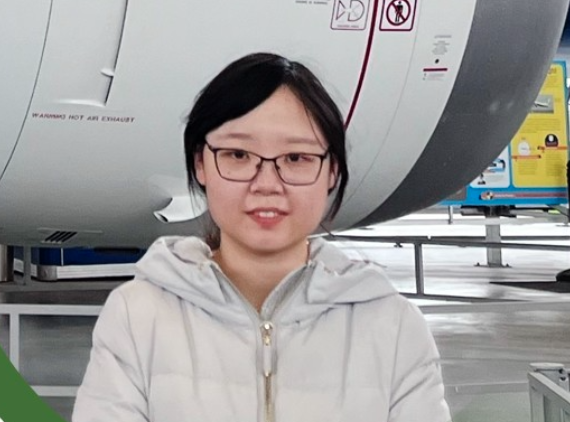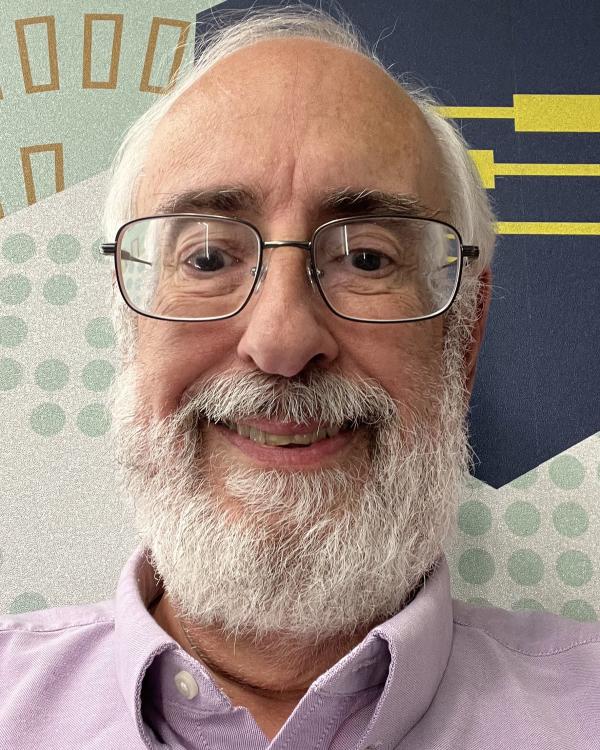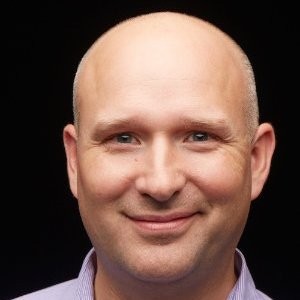Event Photos
We would like to thank everyone for making this workshop a success! A total of 11 people attended the workshop (in person and virtual)!

Results
We achieved all desired results:
- Solicited expert feedback from
- Susan Persky, Ph.D.,, Head of Health Communication and Behavior Unit, Director of the Immersive Simulation Program, National Human Genome Research Institute (NHGRI)
- Dan Veltri, Ph.D., Federal Lead, BCBB Clinical and Laboratory Informatics Software Group, NIAID
- Jeremy Swan, Biomedical Communications Specialist at NIH
- Built solid working relationship with BCBB team at NIAID for similar events
-
Achieved collaborative performance and usability improvements for the HRA Organ
Gallery in VR:
- Increased mean frames per second from 30 -> 65 (target: 72)
- Reduced #triangles from ~4.2 mil -> ~930k
- Improved usability of organ selection keyboard
- Added lightbox for better screenshots
Abstract
Junior Investigators (JIs) Andreas “Andi” Bueckle (Indiana University) and Lu Chen (Stony Brook University), are organizing a 2-day hackathon, funded, among others, by the NIH HuBMAP JumpStart Award. This is in collaboration with Meghan McCarthy, Phil Cruz, and Kristen Browne from the Bioinformatics and Computational Biosciences Branch (BCBB) at NIAID (and generous support from Branch Chief Darrell Hurt).
Note that you do not need to bring a virtual reality (VR) headset for this hackathon! We have several Meta Quests 2 available.
This hackathon has three goals:
- Enable face-to-face collaboration on the HRA Organ Gallery, specifically the visualization of cell type populations in VR, between the JIs and the BCBB VR/AR/XR experts
- Allow advanced user testing with 4-5 invited experts from the NIH or nearby institutions
- Enable collaborative hacking and performance optimization for the usage of different levels-of-detail for the 3D organs that make up the 3D Reference Object Library of the HRA
Background
The HRA Organ Gallery is a VR application that enables users to explore 3D organ models of the HRA in their true size, location, and spatial relation to each other. The HRA Organ Gallery has two main use cases: 1) introducing both novice and expert users to the HuBMAP data available via the HuBMAP Data Portal, and 2) providing quality assurance and quality control (QA/QC) for HRA data providers. Additional use cases include: education and outreach, enhancing patient education, optimizing data analysis in the field of histology; more use cases are under development. Further information can be found in our recent Frontiers in Bioinformatics paper.
The HRA, led by the Human BioMolecular Atlas Program (HuBMAP), aims to map the adult healthy human body at single-cell resolution through a collaboration across 17 (and counting) international consortia. The project includes three main categories of data: biological structure, spatial, and specimen data. The ASCT+B tables are compiled by experts to capture biological structure data, describing the connection between anatomical structures, cell types, and biomarkers. Presently, the HRA Organ Gallery features 66 3D reference organs, 1,203 mapped tissue blocks from 292 demographically diverse donors and 15 providers that link to 6,000+ datasets; it also features prototype visualizations of cell type distributions and 3D protein structures.
Location
NIAID Biovisualization (“Biovis”) Lab, 5601 Fishers Ln, Rockville, MD 20852.
Workshop Organizers

Andreas Bueckle, Ph.D.
Indiana University

Lu Chen
Stony Brook University

Meghan McCarthy, Ph.D.
Bioinformatics and Computational Biosciences Branch at NIAID

Phil Cruz, Ph.D.
Bioinformatics and Computational Biosciences Branch at NIAID

Kristen Browne, M.Sc.
Bioinformatics and Computational Biosciences Branch at NIAID

Victor Starr Kramer
Bioinformatics and Computational Biosciences Branch at NIAID

Darrell Hurt, Ph.D.
Chief, Bioinformatics and Computational Biosciences Branch at NIAID
Tentative Agenda
Our evolving agenda can be found here.
Acknowledgments
This work was funded by National Institutes of Health grants OT2OD033756 and OT2OD033759. The content is solely the responsibility of the authors and does not necessarily represent the official views of the National Institutes of Health.
We would further like to thank:
- Katy Börner, Ph.D., for her support of our joint research and organizing this workshop for this award
- Darrell Hurt, Ph.D., and the NIAID Office of Cyber Infrastructure and Computational Biology, for hosting the event and providing hardware and developer resources.
- The NIH for the HuBMAP JumpStart Award that enables us to conduct this workshop
Contact Us
Andreas Bueckle
Research Lead, Cyberinfrastructure for Network Science (CNS) Center.
Luddy School of Informatics, Computing, and Engineering
Indiana University
abueckle@iu.edu